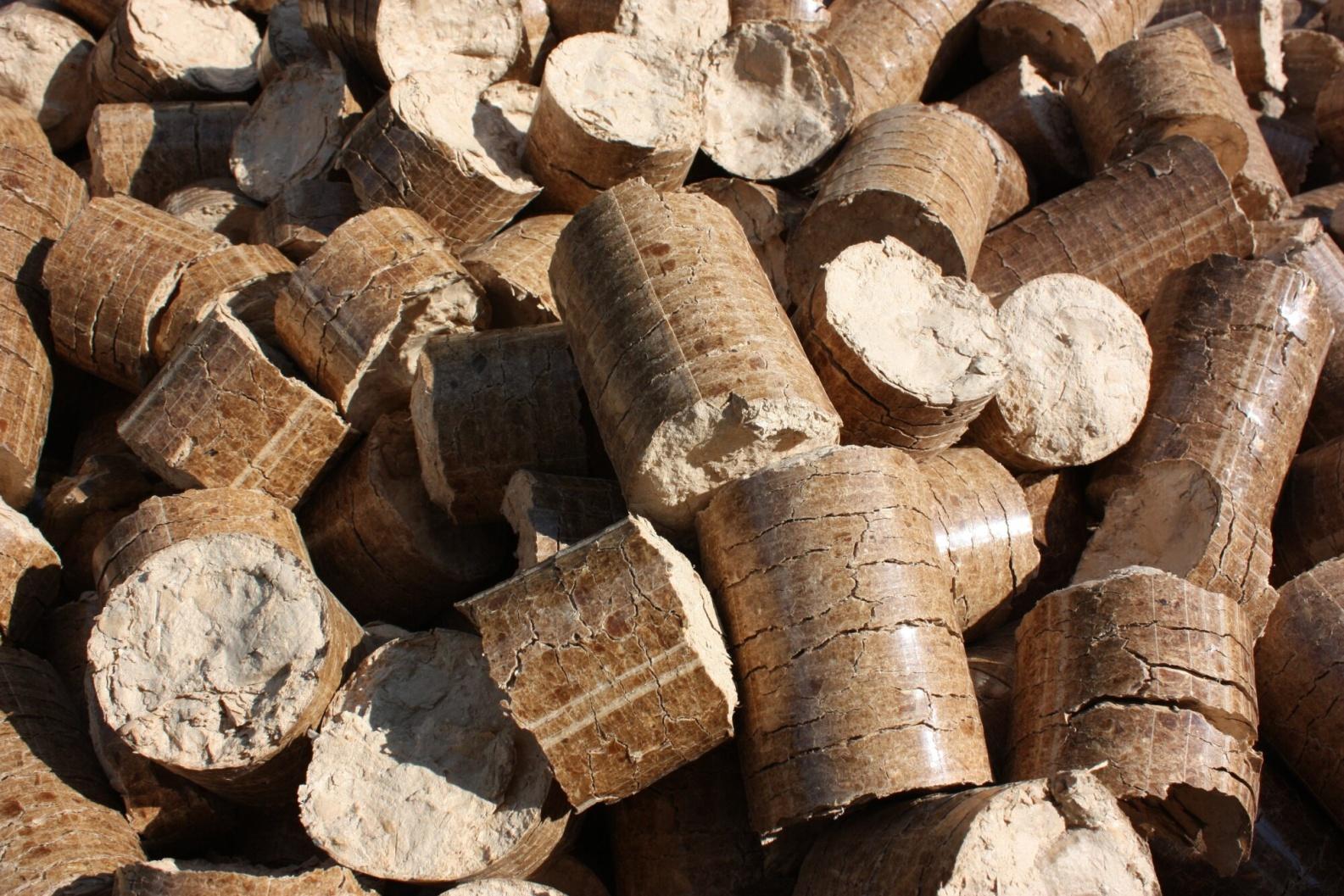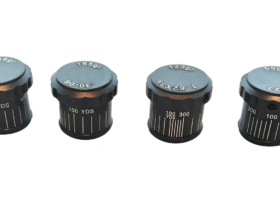Heating is, by far, one of the largest sources of energy consumption and waste the world over. As much as 72% of all energy produced gets lost in the form of heat, whether that’s the end goal of the process or not. As such, it’s important to find more eco-friendly ways to heat your home wherever you can.
One way you can do this is by installing a pellet stove in place of a standard radiator or gas heater. What is a pellet stove, and how does it work? Here’s what you need to know.
What Is a Pellet Stove?
First things first, what is a pellet stove? As the name would suggest, this type of stove burns pellets instead of logs or other traditional forms of firewood. These pellets are made from compressed wood, which takes up less space than old split logs and branches.
How Does a Pellet Stove Work?
A pellet stove functions as follows: First, you pour your pellets into what’s called a storage hopper at the top. Then, the electric auger moves the pellets into the burn pot area. Each stove has its own set of sensors to discern when to drop a new pellet for easy burning.
Then, the vents and pellet stove piping ensure that all the smoke produced gets blown outside, giving you fresh, clean air. The stove provides heat on its own, according to your thermostat setting. All you have to do is provide it with the stove pellets it needs to consume.
Why Is It Eco-Friendly?
Why is a pellet stove a more eco-friendly option for home heating? For starters, there’s very little waste left behind. The pellets tend to be pretty small and burn to ash.
Second, most stove pellets get made from waste wood or materials that would otherwise end up in landfills or rot away. This helps to reduce the waste of organic materials produced by other industries.
Last but not least, it’s eco-friendly because it burns clean and hot. As mentioned before, there’s little waste produced, and little creosote on the inside of the chamber. This prevents pellet stoves from falling victim to a major source of chimney fires.
Are There Any Downsides?
Sadly, there are some drawbacks to using a pellet stove. They tend to be heavy, for one. They also need to rest on fireproof flooring or some kind of hearth pad to prevent house fires. You may also need a ceiling fan in the room that runs in reverse to bring the warm air down to your level.
Are You Ready to Learn More About Eco-Friendly Heating?
Using a pellet stove in your home can be a wonderful, environmentally-friendly way to keep cozy when the cold rolls in. However, it is but one way of many that you can keep yourself warm while helping the environment.
If you’d like to learn more about ways you can reduce your environmental impact while making home improvements, check out the Indoor section of our blog today. We’ve got all the information you could ever need for your next home improvement project!











